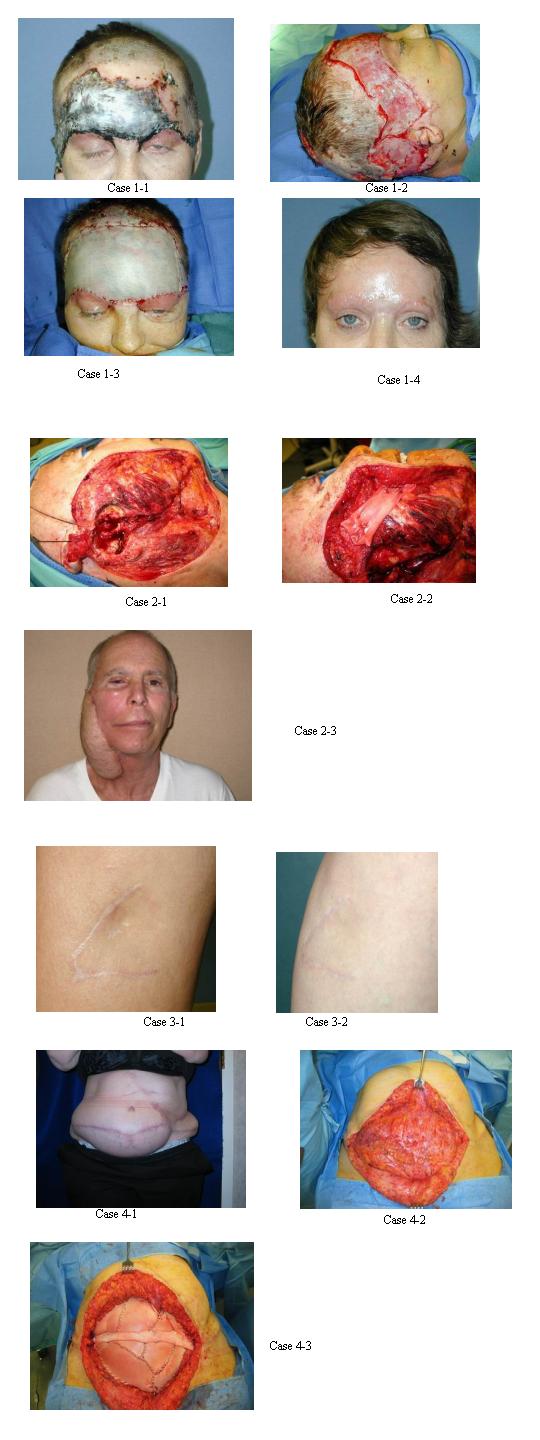Sunday, October 10, 2004
6064
Acellular Human Dermis (Alloderm) As An Adjunct To Plastic Surgical Reconstruction
Purpose: Acellular human cadaver dermis (Alloderm) is composed of the dermal elements of skin without any of the cellular elements. It was originally marketed solely as an adjunct to skin grafting procedures but has now been found to have multiple other applications. This talk is designed to explore the varied uses for the tissue. Methods: The author utilizing Alloderm for a variety of different problems has performed multiple reconstructive surgeries. The cases will be reviewed with a discussion of the risks and benefits of each application Results: Case 1 involves the reconstruction of a forehead status-post total scalp avulsion and partially successful replantation. Alloderm overlaid with the patient’s skin was used to create a full thickness forehead reconstruction. Case 2 involves a man with a facial angiosarcoma and complete facial nerve resection. Alloderm was used in combination with free tissue transfer to close the defect and provide static suspension to the lip and nasal ala. Case 3 involves a women with a deeply depressed scar in the posterior calf. Alloderm was used as filler for the depression with excellent long-term contour. Case 4 involves a women with a massive (25 x30 cm) lower abdominal hernia s/p bilateral TRAM. She also had a splenectomy at a prior operation and was thus not a candidate for mesh reconstruction. Multiple pieces of thick Alloderm were sewn together to reconstruct her lower abdominal wall. An additional piece was used to fashion an internal “belt” to take tension off of the suture lines. The patient has had no hernia recurrence. Conclusion: The uses of human acellular dermis extend beyond the skin. It’s utility in serving as a soft tissue filler and also fascial substitute make it an excellent alternative to prosthetic materials. Because it is human-derived, it does not appear to have the risk of infection associated with other material such as Gortex.
View Synopsis (.doc format, 389.0 kb)

